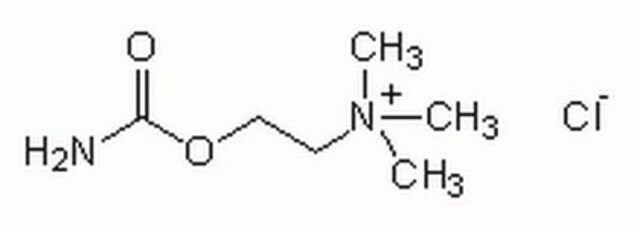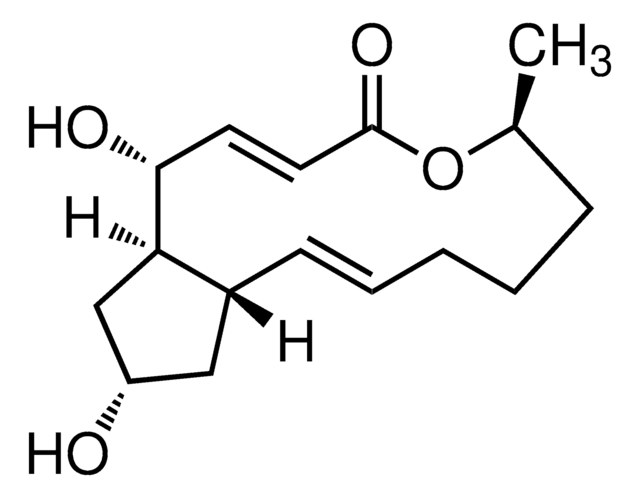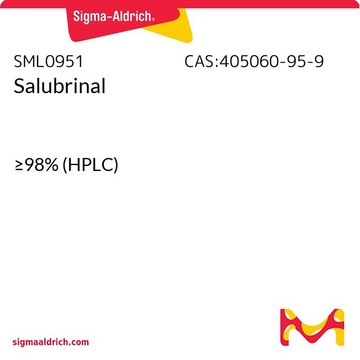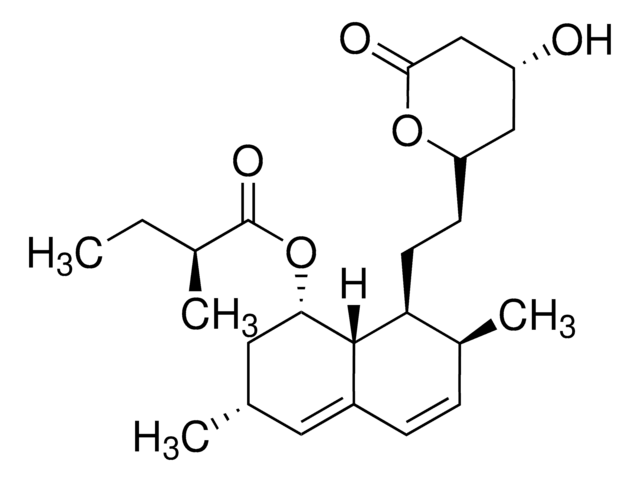586005
Thapsigargin
≥97% (TLC), solid, endoplasmic reticular Ca2+-ATPase inhibitor, Calbiochem®
Synonyme(s) :
Thapsigargin - CAS 67526-95-8 - Calbiochem
About This Item
Produits recommandés
Nom du produit
Thapsigargin - CAS 67526-95-8 - Calbiochem, Thapsigargin, CAS 67526-95-8, is a cell-permeable, tumor-promoting sesquiterpene lactone that releases calcium by non-competitvley inhibiting endoplasmic reticular Ca2+-ATPase (IC₅₀ = 4-13 nM).
Niveau de qualité
Essai
≥97% (TLC)
Forme
solid
Fabricant/nom de marque
Calbiochem®
Conditions de stockage
OK to freeze
protect from light
Couleur
colorless
Solubilité
DMSO: >1 mg/mL
ethanol: 5 mg/mL
Conditions d'expédition
ambient
Température de stockage
−20°C
InChI
1S/C34H50O12/c1-9-12-13-14-15-17-24(37)43-28-26-25(20(5)27(28)44-30(38)19(4)11-3)29-34(41,33(8,40)31(39)45-29)22(42-23(36)16-10-2)18-32(26,7)46-21(6)35/h11,22,26-29,40-41H,9-10,12-18H2,1-8H3/b19-11-/t22-,26+,27-,28-,29-,32-,33+,34+/m0/s1
Clé InChI
IXFPJGBNCFXKPI-FSIHEZPISA-N
Description générale
Actions biochimiques/physiologiques
endoplasmic reticular Ca2+ ATPase
Avertissement
Reconstitution
Autres remarques
Won, J.G. and Orth, D.N. 1995. Endocrinology 136, 5399.
Tepel, M., et al. 1994. Biochim. Biophys. Acta1220, 248.
Begum, N., et al. 1993. J. Biol. Chem. 268, 3352.
Low, A.M., et al. 1993. Eur. J. Pharmacol.230, 53.
Tsukamoto, A. and Karneko, Y. 1993. Cell. Biol. Int.17, 969.
Wong, W.L., et al. 1993. Biochem. J.289, 71.
Glennon, M.C., et al. 1992. J. Biol. Chem. 267, 25568.
Xu, Y., et al. 1992. J. Neurochem.59, 2224.
Mason, M.J., et al. 1991. J. Biol. Chem. 266, 20856.
Thastrup, O., et al. 1990. Proc. Natl. Acad. Sci. USA87, 2466.
Informations légales
Mention d'avertissement
Danger
Mentions de danger
Conseils de prudence
Classification des risques
Eye Irrit. 2 - Resp. Sens. 1 - Skin Irrit. 2 - STOT SE 3
Organes cibles
Respiratory system
Code de la classe de stockage
11 - Combustible Solids
Classe de danger pour l'eau (WGK)
WGK 3
Point d'éclair (°F)
Not applicable
Point d'éclair (°C)
Not applicable
Certificats d'analyse (COA)
Recherchez un Certificats d'analyse (COA) en saisissant le numéro de lot du produit. Les numéros de lot figurent sur l'étiquette du produit après les mots "Lot" ou "Batch".
Déjà en possession de ce produit ?
Retrouvez la documentation relative aux produits que vous avez récemment achetés dans la Bibliothèque de documents.
Les clients ont également consulté
Notre équipe de scientifiques dispose d'une expérience dans tous les secteurs de la recherche, notamment en sciences de la vie, science des matériaux, synthèse chimique, chromatographie, analyse et dans de nombreux autres domaines..
Contacter notre Service technique

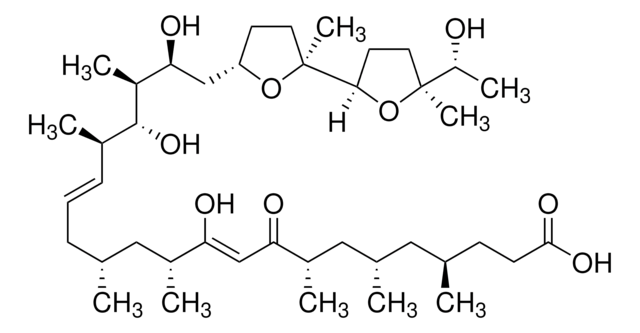



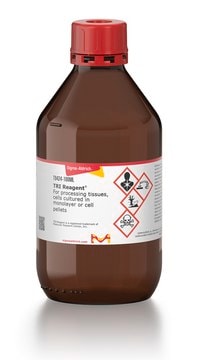




![PERK Inhibitor I, GSK2606414 GSK2606414 is a cell-permeable, highly potent inhibitor of EIF2AK3/PERK (IC₅₀ = 0.4 nM; [ATP] = 5 µM). Targets PERK in its inactive DFG conformation at the ATP-binding region.](/deepweb/assets/sigmaaldrich/product/structures/180/559/efa716dc-d5fe-4339-a6f0-0103084fc04a/640/efa716dc-d5fe-4339-a6f0-0103084fc04a.png)

